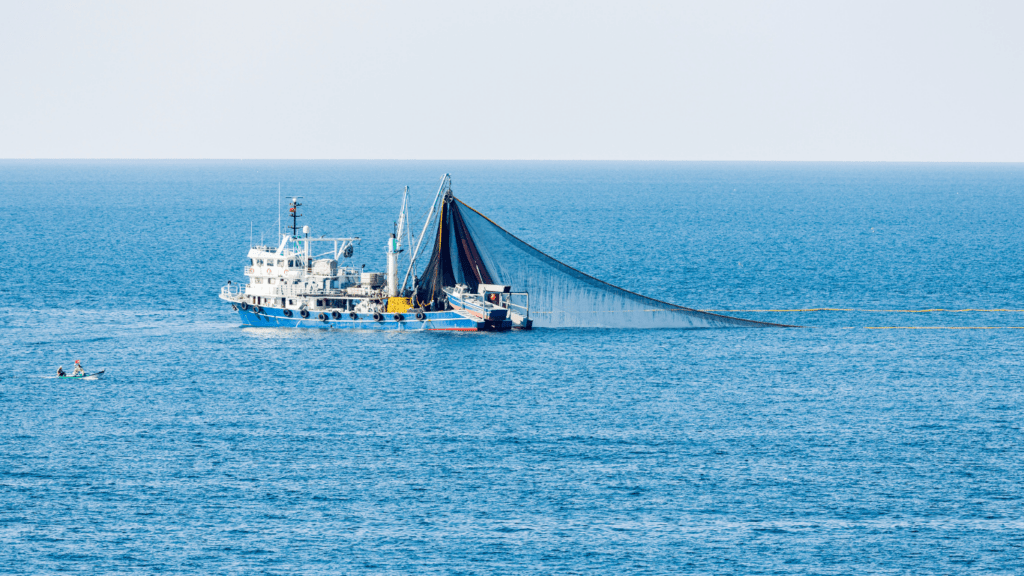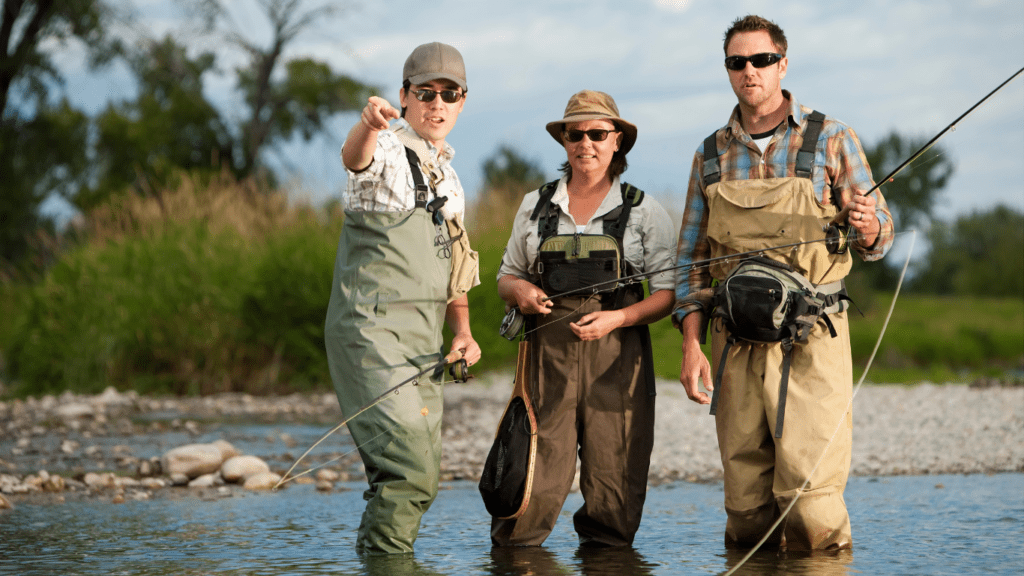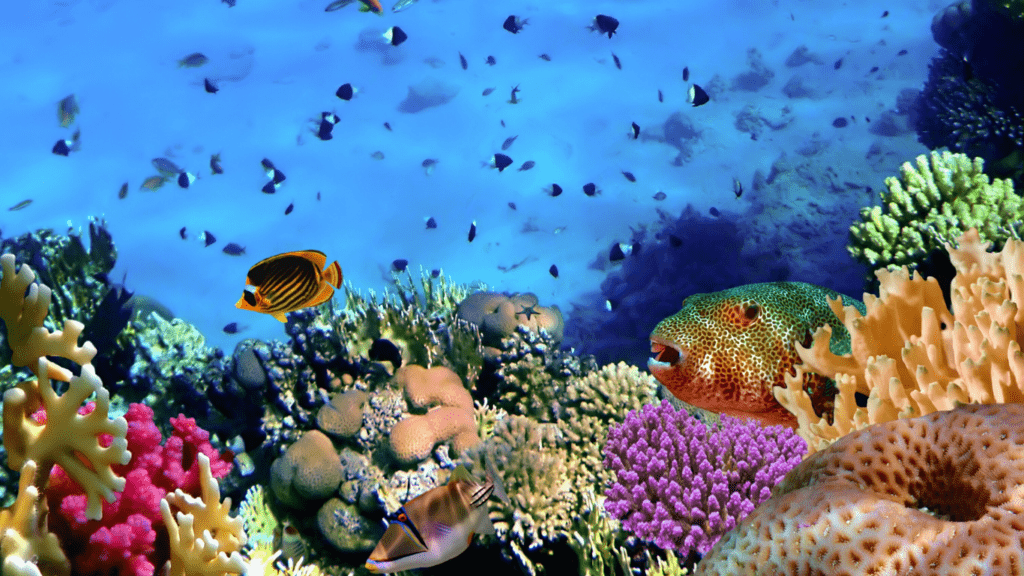Understanding Sustainable Fishing Practices
Sustainable fishing practices aim to balance the need for food production with the preservation of marine ecosystems. These methods address overfishing, bycatch, and environmental degradation.
What Is Sustainable Fishing?
Sustainable fishing refers to methods ensuring fish populations remain healthy and ecosystems are not harmed. Techniques like selective fishing gear, seasonal restrictions, and no-take zones minimize environmental impacts. For example, pole-and-line fishing targets specific species, reducing unintended catch. Regulatory frameworks, such as quotas, play a critical role in maintaining fish stock equilibrium.
Why Sustainable Practices Matter
Sustainable practices protect marine biodiversity and ensure food security. Overfishing depletes species, disrupting food chains and harming ecosystems. According to the Food and Agriculture Organization (FAO), 34% of global fish stocks are overfished. By adopting sustainable techniques, the industry supports the livelihoods of over 600 million people dependent on fisheries. Healthy oceans also contribute to carbon sequestration, mitigating climate change.
Innovations Driving Sustainable Fishing
Sustainable fishing benefits from groundbreaking innovations addressing overfishing and environmental strain. From advanced technology to policy reforms, these solutions are reshaping the industry’s future.
Technology in Sustainable Fisheries
- Technological advancements reduce bycatch, monitor fish populations, and ensure ecosystem preservation.
- Real-time tracking systems like FishTracks use satellite data to monitor fishing zones, preventing overfishing.
- AI-powered sonar and underwater drones identify fish species and locations with precision, helping avoid overharvesting.
- Blockchain improves supply chain transparency, enabling consumers to verify the sustainability of their seafood purchases.
- Automated fishing gear, such as smart trawls, selectively targets fish species while releasing non-targeted marine life.
- Acoustic deterrents reduce marine species’ interactions with fishing equipment, minimizing unintended harm.
These innovations optimize resource use and reduce overall environmental impact.
Policy and Regulation Changes

Progressive policies enforce sustainable fishing practices across global waters. Quota-based management systems, like catch limits, keep fish populations healthy while maintaining fisheries’ economic viability. Marine protected areas (MPAs) safeguard critical habitats and endangered species by restricting commercial activity in designated zones.
International agreements, such as:
- Port State Measures Agreement (PSMA)
- combat illegal
- unregulated,
- unreported (IUU) fishing
holding offenders accountable. Seasonal restrictions protect breeding cycles, improving fish stock recovery. Incentive programs reward fishermen adhering to sustainability criteria, promoting widespread adoption of eco-friendly methods.
Strategic collaborations between governments and fisheries ensure regulation enforcement reflects scientific recommendations, encouraging long-term ecological health.
The Economic Impact of Sustainable Fishing
Sustainable fishing practices are transforming the industry’s economic landscape, creating opportunities while addressing critical challenges. By prioritizing long-term ecological health, these practices drive positive change for communities, fishermen, and the global seafood market.
Benefits for Local Communities
Sustainable fishing enhances economic resilience in coastal communities. It stabilizes fish populations, ensuring consistent food supply and reliable income sources for over 600 million people globally. Communities adopting eco-friendly methods often attract government subsidies, promoting local economic growth. Programs like eco-certifications enable fisheries to access premium markets by aligning with sustainability standards. For example, the Marine Stewardship Council certification increases seafood demand from environmentally conscious consumers. Tourism tied to healthy marine ecosystems also generates revenue, with activities like recreational fishing and eco-tours contributing to local economies.
Challenges for Fishermen and the Industry
Implementing sustainable practices brings financial and operational challenges. Fishermen face initial costs of upgrading to advanced gear like selective nets, acoustic deterrents, or real-time monitoring equipment. Smaller fishing enterprises may struggle to adapt due to limited resources. Policy reforms, such as quotas or marine protected areas, can restrict fishing activities, impacting short-term catches and revenue. Global competition adds pressure on fisheries to adopt sustainable technologies without losing market share. However, collaborative initiatives like government funding and public-private partnerships mitigate these challenges, easing the transition toward more sustainable methods.
Environmental Benefits of Sustainable Fishing
Sustainable fishing practices deliver significant ecological advantages by restoring balance to marine ecosystems and reducing human impact on aquatic life. These methods prioritize conservation, promoting biodiversity and aiding overall ocean health.
Preserving Marine Ecosystems
Sustainable fishing safeguards marine ecosystems by reducing habitat destruction and maintaining species diversity. Practices like using selective fishing gear minimize damage to non-target species and fragile habitats, such as coral reefs and seagrass beds. Marine conservation zones, established under sustainable policies, allow ecosystems to recover from overexploitation. Healthier ecosystems enhance the ocean’s carbon absorption capacity, helping mitigate climate change.
Combatting Overfishing
Sustainable approaches reduce overfishing by enforcing quotas and protecting vulnerable species. Seasonal restrictions allow fish populations to replenish, while technologies like real-time tracking ensure compliance with regulations. These measures help maintain ecosystem stability and prevent cascading effects caused by the depletion of key species. Reducing overfishing also supports global food security for the billions of people relying on fish as a primary protein source.
The Role of Consumers in Supporting Sustainability
Consumers play an essential role in driving sustainable fishing by aligning their choices and actions with practices that protect marine ecosystems. Through informed decisions and advocacy, individuals can influence market demand and encourage the fishing industry’s shift toward long-term ecological balance.
Choosing Sustainable Seafood
By prioritizing sustainably-sourced seafood, consumers support practices that protect fish populations and habitats. Labels like the Marine Stewardship Council (MSC) and Aquaculture Stewardship Council (ASC) help identify responsibly-caught or farmed seafood. Choosing species not at risk of overfishing, such as Pacific salmon or farmed mussels, reduces pressure on endangered stocks. Diversifying consumption to include lesser-known species, like mackerel or anchovies, strengthens the ecosystem’s stability by mitigating overexploitation of popular species.
Raising Awareness Through Advocacy
Advocating for sustainable fishing amplifies its importance across communities and industries. Sharing information through social media or local events raises awareness of the benefits of eco-friendly seafood and the risks of unsustainable practices. Supporting organizations like Oceana or the Environmental Defense Fund strengthens global efforts to promote sustainable policies. Additionally, encouraging restaurants and retailers to source sustainable seafood fosters accountability and educates others about responsible market behavior.





